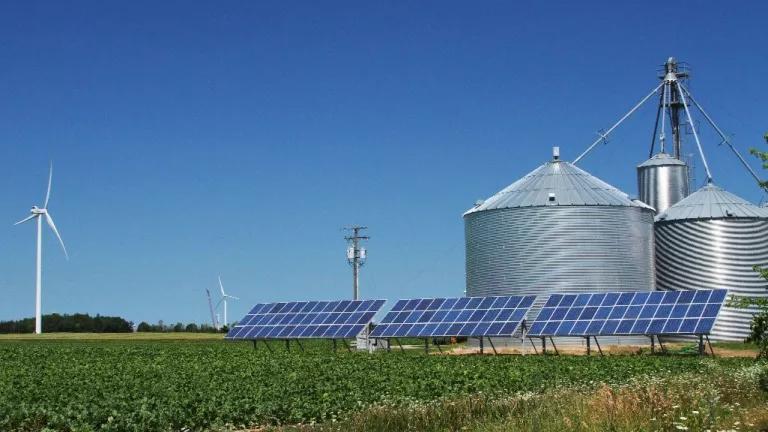Earlier this week, Bloomberg News carried an article titled: As ethanol demand grows, so does "Dead Zone" in Gulf of Mexico. A few things are not in dispute here, the hypoxic zone in the Gulf is growing and corn cultivation contributes to the hypoxic zone both because significant amounts of nitrogen are used in growing an acre of corn and because we grow more acres of corn than any other crop. Also, ethanol demand has probably caused a modest increase in corn production in years past and is causing a significant increase in corn acres this year (i.e. ~15%). The problem with the title and the article is they fail to acknowledge that nitrogen takes a while to move through a watershed.
Our legislative director, Karen Wayland, got her PhD working on ag and watershed issues and she informs me that travel times for chemicals can reach into decades from some parts of even small watersheds. So the current corn surge and ethanol demand probably isn't causing the current growth in the hypoxic zone--that growth is caused by ag practices from previous years and decades.
While the connection to ethanol is misleading, the bottom line is actually scarier. If there is a lag time between our ag practices and their impact on the hypoxic zone, then the corn surge isn't causing the current growth in the hypoxic zone, but it will condemn us to future growth. However, I just did a quick look at corn production and total nitrogen flux and yield to the Gulf and can't say I saw any obvious connection between the data at all.
USGS updated it's web page on hypoxia and nutrient flows this week too, so I plan to spend some time looking into the data.
The article notes:
A U.S. Environmental Protection Agency task force of scientists, state agencies and federal agencies set a goal in 2001 of reducing the Dead Zone to 2,000 square miles. Little has been done with the group's recommendations, [Matt] Rota [from the Gulf Restoration Network] said. Steps should include giving farmers more incentives to cut fertilizer runoff and reducing pollution from wastewater treatment plants, he said.
I'd also point folks to an earlier post in which I wrote about some great recommendations for the Farm Bill from WRI, many of which would help reduce nutrient runoff.



